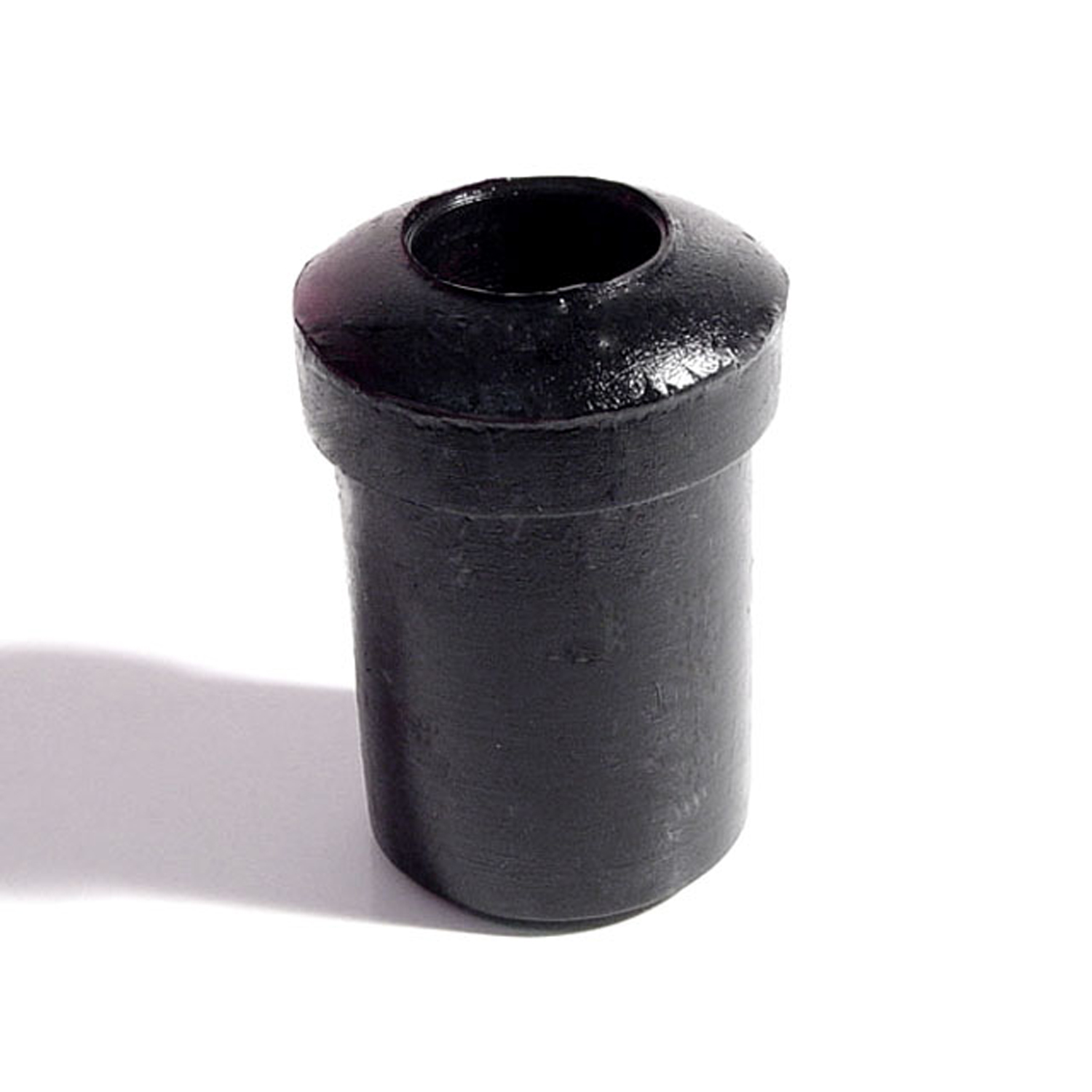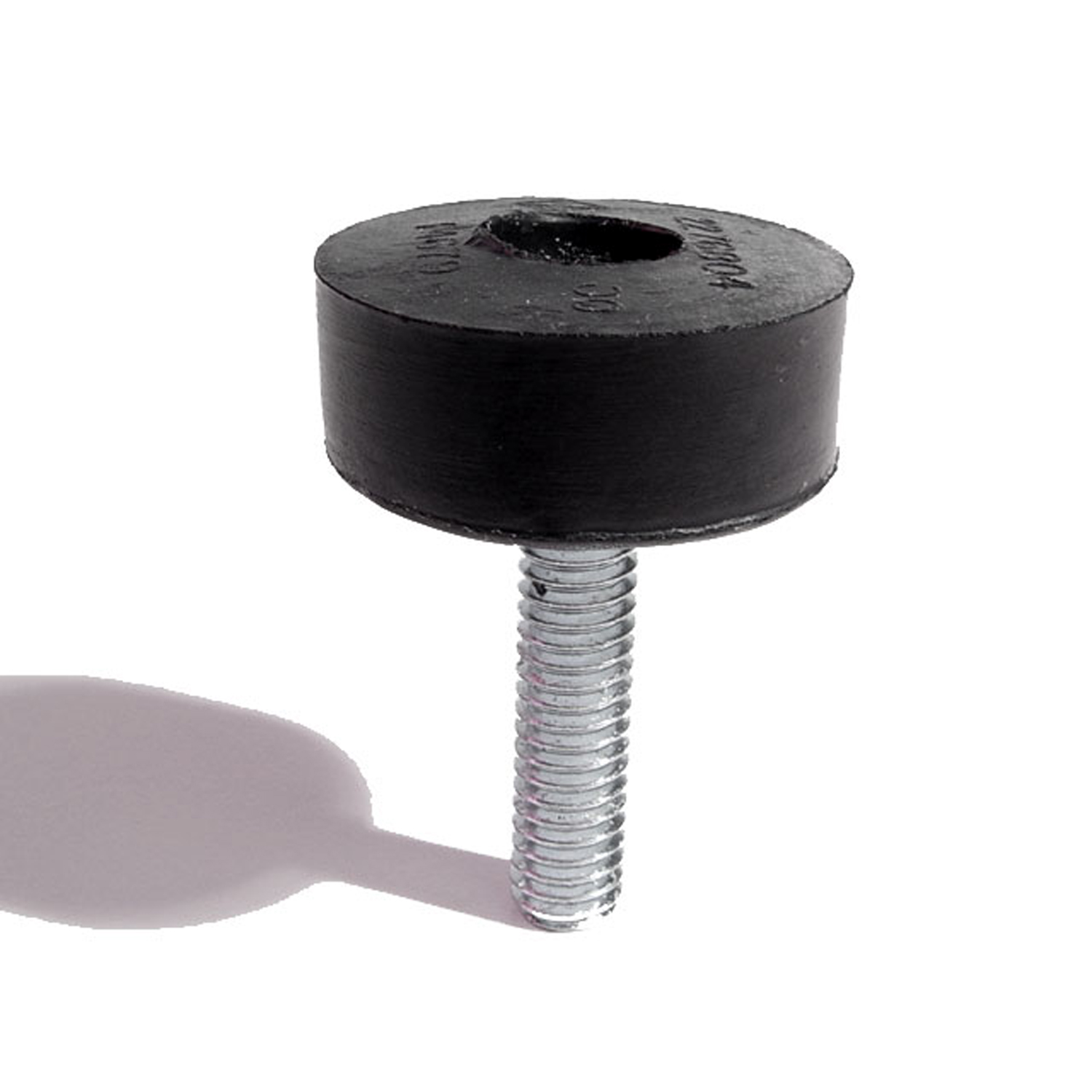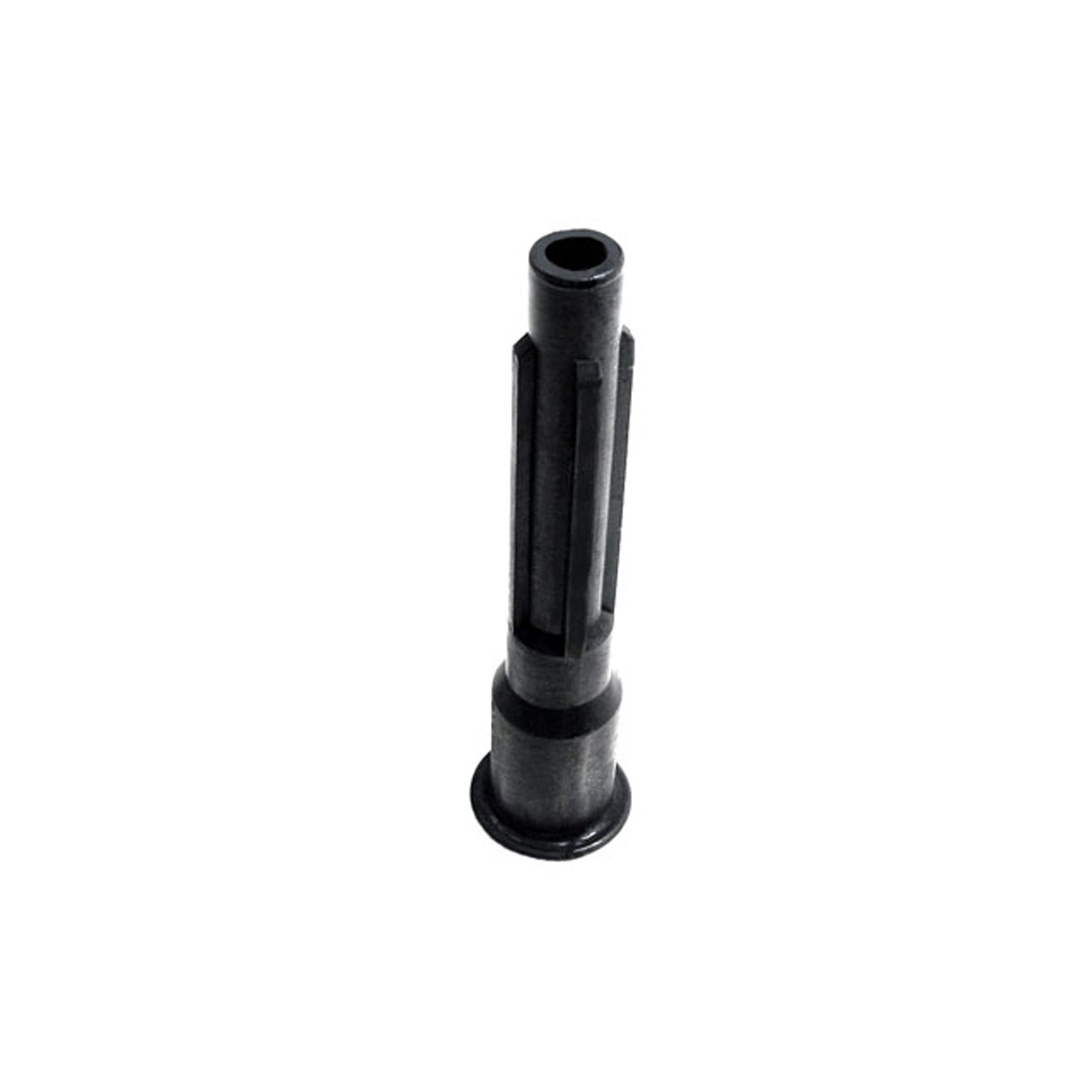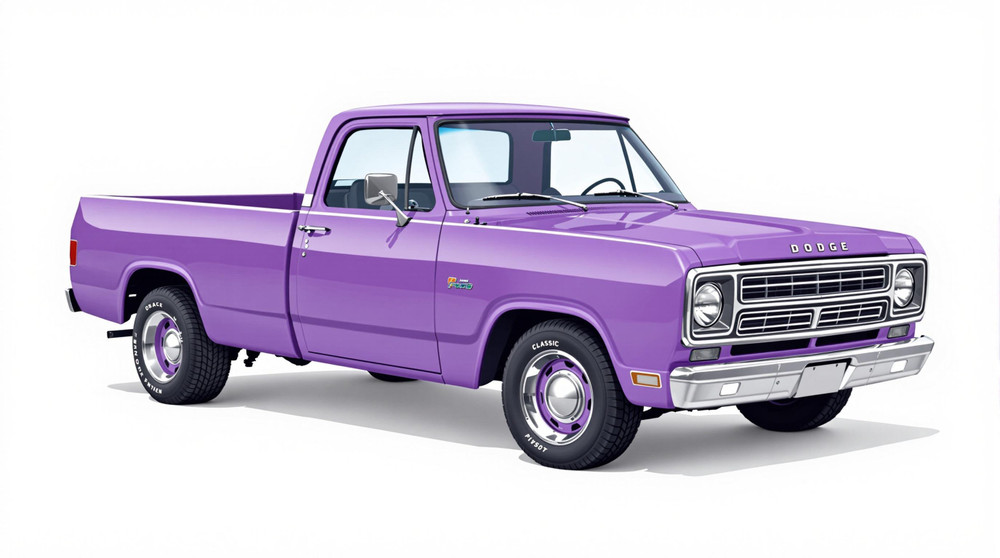Image of 1970 Dodge P300, Note: These illustrations use artistic license and may differ from actual historical models.
Performance Metrics
Fundamental Metrics
Emotional Appeal
MMP Rating
| Engine Specifications | |
|---|---|
| Engine Options: | 318 cu in (5.2 L) LA V8 |
| Displacement Range: | 318 cu in (5.2 L) |
| Horsepower Range: | 230 hp |
| Torque: | 340 lb-ft |
| Compression Ratio: | 9.2:1 |
| Ignition System: | Electronic |
| Cooling System: | Liquid-cooled |
| Performance Specifications | |
| 0-60 Time: | Not available |
| 1/4 Mile Time: | Not available |
| Top Speed: | Not available |
| Transmission and Drive | |
| Drive Type: | Rear-wheel drive |
| Transmission Type: | 3-speed automatic |
| Fuel and Efficiency | |
| Fuel System Type: | Carburetor |
| MPG: | Not available |
| Dimensions and Brakes | |
| Brakes: | Drum brakes |
| Wheelbase: | 127 inches |
| Weight: | 4,500 lbs |
Note: Specifications for classic cars are given to the best of our ability, considering the limited and variant data available.
The Unheralded Workhorse: The 1970 Dodge P300
The 1970 Dodge P300 stands as a testament to the era's utilitarian design and the relentless pursuit of practicality in automotive engineering. Born from the assembly lines of Chrysler Corporation's Dodge division, this vehicle was engineered to serve, built to endure, and designed with a no-nonsense approach that resonated with the working class of its time. While not as glamorous as its muscle car siblings, the P300 has carved its niche in the annals of automotive history with a unique blend of robustness and reliability.
Design and Innovation
The exterior of the 1970 Dodge P300 was characterized by its straightforward and sturdy appearance. It featured a prominent grille, round headlights, and a body built for function over form. Inside, the vehicle was spartan, with an emphasis on durability. The seats were upholstered with heavy-duty materials capable of withstanding the rigors of daily use. Technologically, it boasted features considered advanced for commercial vehicles at the time, such as improved electrical systems and more efficient powertrains. Color options were typically limited to utilitarian hues, with white and blue being popular choices. The P300 was available in various body styles, including panel vans and chassis cabs, but it was the step van model that became iconic among delivery vehicles.
Historical Significance
The 1970 Dodge P300's significance lies in its contribution to the commercial vehicle segment. It offered businesses a reliable means of transportation that could be adapted to a wide range of uses, from delivery services to mobile workshops. Its design simplicity made it easy to maintain and repair, which was crucial for fleet operators who valued uptime and cost-effectiveness. The P300's influence can be seen in the evolution of commercial vehicles that prioritize functionality and adaptability.
Performance and Handling
Performance-wise, the 1970 Dodge P300 was designed with work in mind rather than speed. However, it provided adequate power for hauling and delivery tasks. Handling was straightforward, with a focus on stability under load rather than agility. Drivers could expect a no-frills driving experience, with the engine's hum and the solid feel of the steering offering a reassuring sense of purpose on every journey.
Ownership Experience
The Dodge P300 was commonly used as a delivery vehicle or service truck. Its robust construction meant that it could handle the daily grind with ease, making it a favorite among businesses. Maintenance was relatively simple due to its uncomplicated design, which endeared it to owners who needed a reliable workhorse without the frills.
Fun Facts
Despite its under-the-radar status, the 1970 Dodge P300 has had its share of interesting trivia. For instance, some were converted into ice cream trucks, becoming part of the childhood memories of many. While not known for breaking speed records, it has held its own as a symbol of dependability. Criticisms were few but typically centered around its stark interior and lack of creature comforts.
Collector's Information
Today, the 1970 Dodge P300's value to collectors is more about nostalgia and utility than high-dollar investment. Rarity is moderate as many were used extensively and succumbed to the rigors of work life. It's challenging to estimate how many were produced, but survivors are uncommon. The value range can vary widely based on condition and originality, but a well-preserved example could fetch a price that reflects its unique place in commercial vehicle history.
Conclusion
The 1970 Dodge P300 may not have the allure of a classic muscle car or the elegance of luxury models from its era, but it possesses an undeniable charm rooted in its simplicity and durability. As an unsung hero of American industry, it stands as a reminder of when vehicles were built with purpose and longevity in mind—a true workhorse for the working man.
1970 Dodge P300 Catalog of Parts
 1970 Dodge P300 Spring and Shackle Bushing. 1" bottom O.D-BN 20Spring and Shackle Bushing. 1" bottom O.D. X 1-5/8" high, with 9/16" I.D. Each
1970 Dodge P300 Spring and Shackle Bushing. 1" bottom O.D-BN 20Spring and Shackle Bushing. 1" bottom O.D. X 1-5/8" high, with 9/16" I.D. Each 1970 Dodge P300 Hood Adjustment Bolt and Bumper-HA 8Hood Adjustment Bolt and Bumper. 1-3/16" diameter rubber head. 5/16" thick X 18 threads/inch X 1-1/4" long bolt. Each
1970 Dodge P300 Hood Adjustment Bolt and Bumper-HA 8Hood Adjustment Bolt and Bumper. 1-3/16" diameter rubber head. 5/16" thick X 18 threads/inch X 1-1/4" long bolt. Each 1970 Dodge P300 Flexible Spark Plug Boot, used on Hemi's with power brakes-RP 1-MFlexible Spark Plug Boot, used on Hemi's with power brakes. 4" long, 5/16" upper i.d., 5/8" lower i.d. Each
1970 Dodge P300 Flexible Spark Plug Boot, used on Hemi's with power brakes-RP 1-MFlexible Spark Plug Boot, used on Hemi's with power brakes. 4" long, 5/16" upper i.d., 5/8" lower i.d. EachWhy Choose Metro?
For over 100 years, Metro Moulded Parts has been the pinnacle of quality in classic car restoration parts. Our commitment to precision and authenticity in every component ensures a perfect fit and an OEM-level appearance.
- Expert Craftsmanship & Quality: Each part is a testament to our dedication to reliability and perfection, crafted from original designs and thoroughly tested.
- Advanced Technology: We use cutting-edge techniques to create flawless, long-lasting parts that surpass others in performance.
- SuperSoft Sponge – The Ultimate Door Seal: Not only are our door seals 30% softer than competitors', but they're also guaranteed to never leak. They effectively reduce wind and road noise, enhancing your classic car's comfort and driving experience.
- Proudly American: Our parts are a product of American craftsmanship, made in the USA with a spirit of excellence and heritage.
- Unrivaled Warranty: We back our products with a 30-year industry-leading warranty, a testament to our confidence in their quality.
Join us in preserving the legacy of classic cars with parts that are crafted for perfection, not just made.

